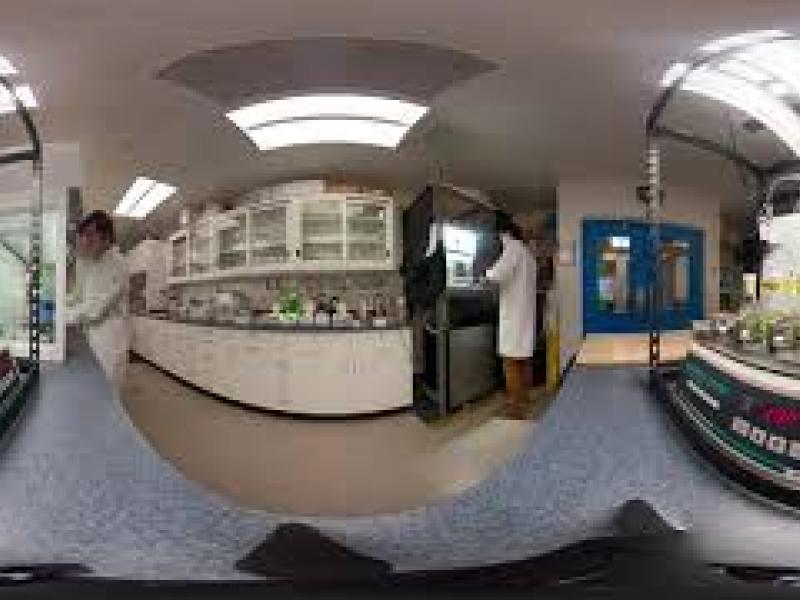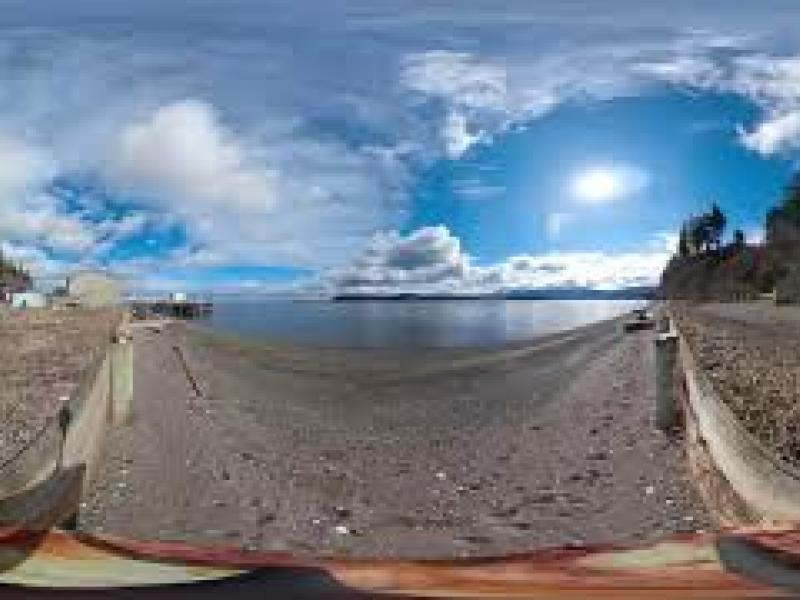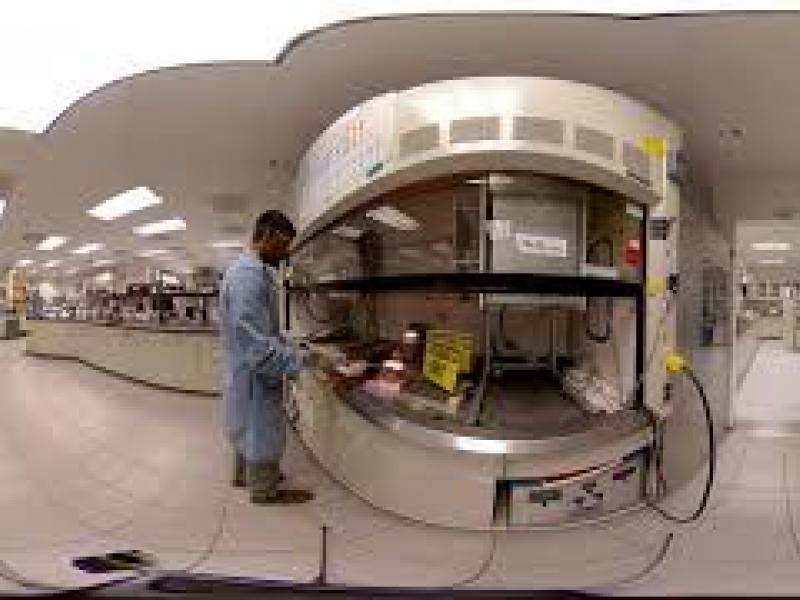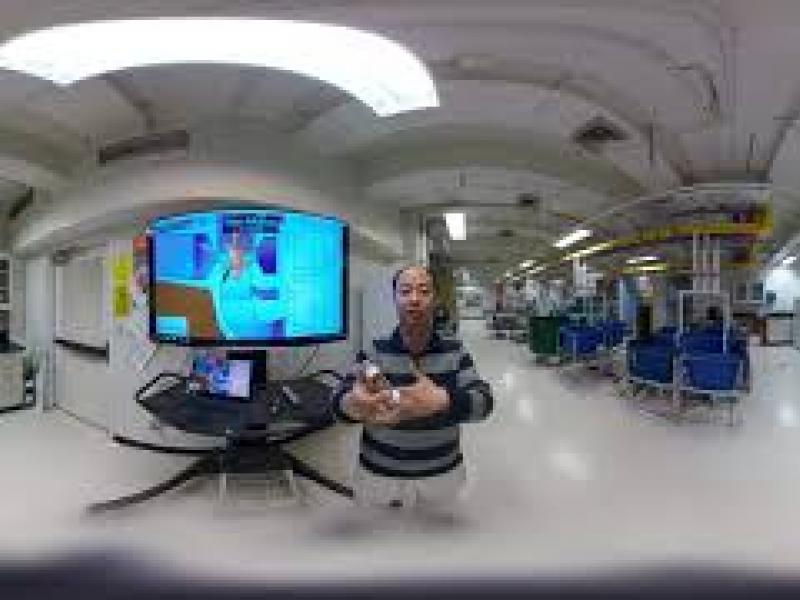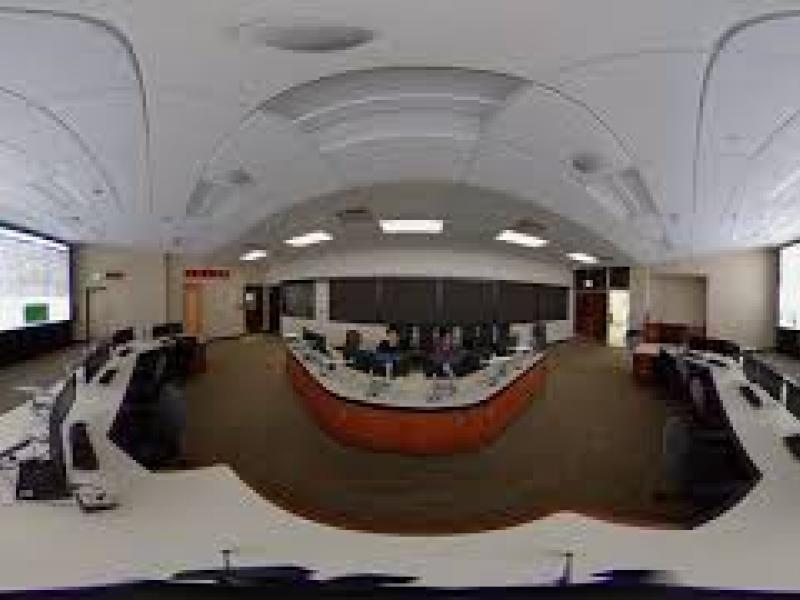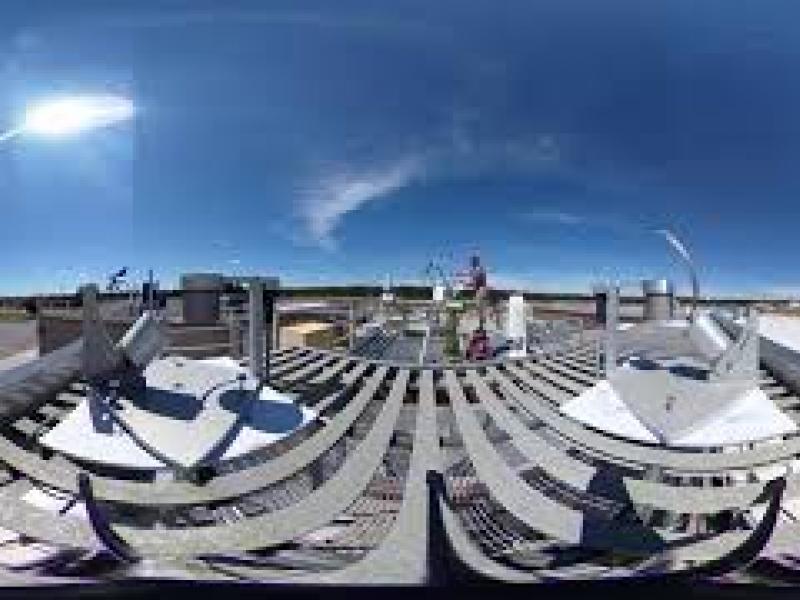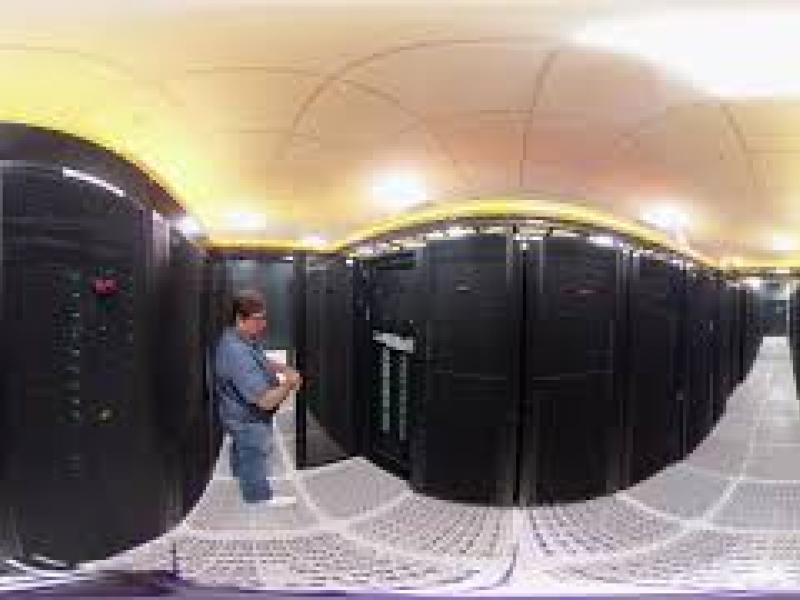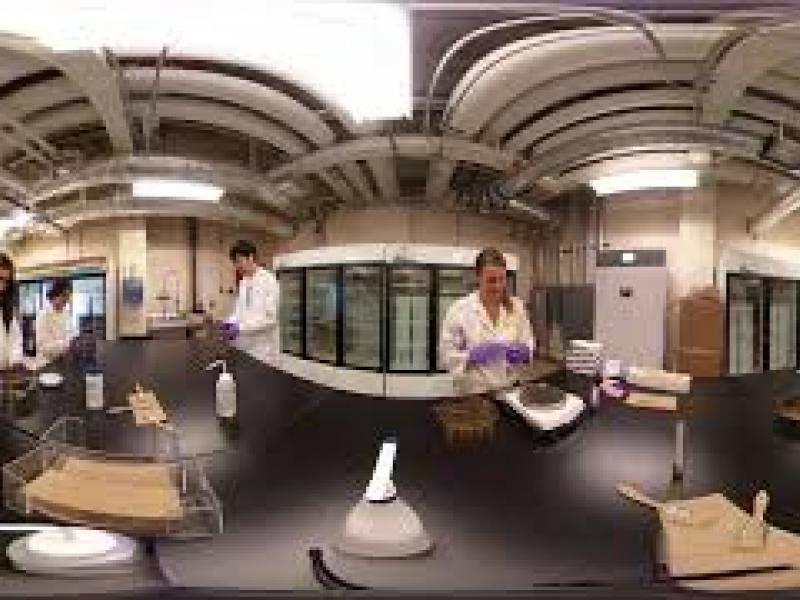
Biogeochemists at PNNL-Sequim study greenhouse gas cycling in natural environments, specifically methane emissions from trees.
In this lab, researchers assemble experimental batteries.
Studying the below-ground carbon storage of coastal wetland ecosystems.
A promising source of renewable energy.
Fish tagging is conducted at PNNL-Sequim to improve environmental monitoring around tidal energy.
Marine researchers, including members of PNNL-Sequim's scientific dive team, unload gear from one of the lab’s three research vessels after a recent dive to check on underwater sensors.
This lab replicates conditions found in the Arctic to test bearings and batteries.
Researchers study greenhouse gas cycling in natural environments.
Researchers mine and extract uranium from seawater, which could be useful in providing an alternative source of nuclear power.
Researchers have been studying and monitoring eelgrass at PNNL-Sequim for 20 years.
Here, researchers study how organisms respond to changes in habitat.
In this lab, researchers test coatings to determine which can deter biofouling and corrosion from occurring on devices, sensors, and ships in seawater.
Communicating with and monitoring the scientific dive team.
A View of a Day at PNNL-Sequim.
Here scientists conduct marine-based research that helps the nation achieve sustainable energy, a sustaining environment, and coastal security.
The environmental chamber in this scanning electron microscope shows researchers the growth of atmospheric ice particles, little specs that give birth to clouds.
Researchers collect samples from the Columbia River in Washington and the ground underneath it to study the biological, geological, and chemical processes that determine its health.
As environments change, so do populations of millions of microbes that live in the soil. Researchers extract DNA from samples to understand this change—like a census for soil.
In this lab, researchers can turn liquid nuclear waste into glass as an easy and safe solution for long-term storage nuclear waste.
An overview of the lab, located next to Sequim Bay on the Olympic Peninsula in Washington.
Laboratory Fellow Daniel Deng describes Sensor Fish, an autonomous device that records physical stressors that fish experience when they pass through a hydropower dam.
Technology developed in this mock control center can help defend the grid from cyberattacks and integrate renewable and smart-grid technology.
Through rain, snow, and sunshine, researchers measure the Earth’s atmosphere at stations like this to understand how airborne particles from pollution, wildfires, and other sources impact our climate.
Researchers use computers like this to analyze massive amounts of data, conduct experiments, and simulate the world around us.
Soil breathes. Or more precisely, the millions of microbes living in the soil do. In this process, they exhale carbon dioxide and nourish the ground. Researchers sift samples of soil to prepare them for analysis.


